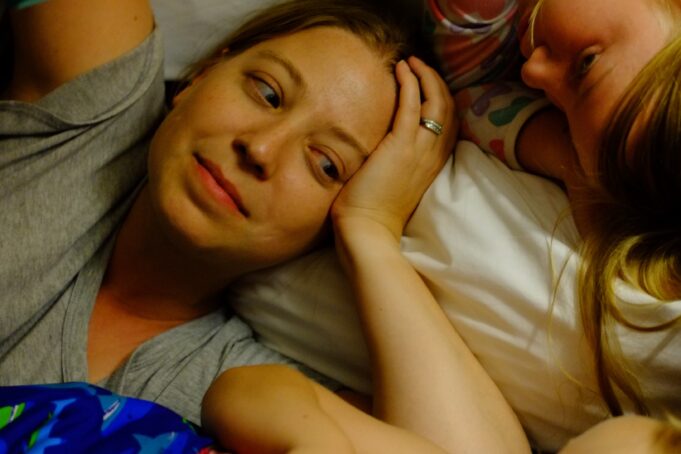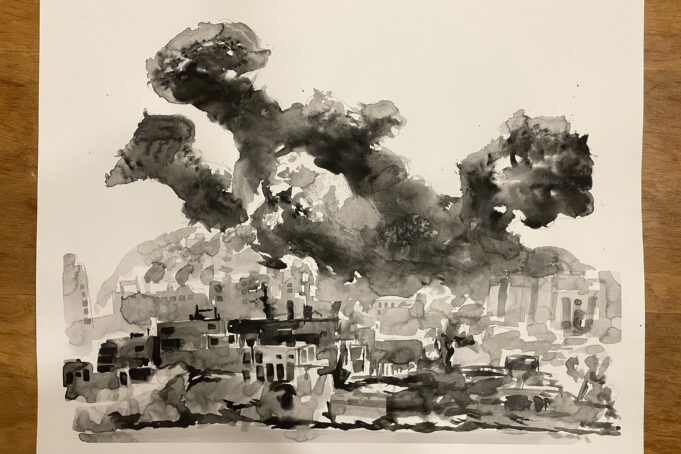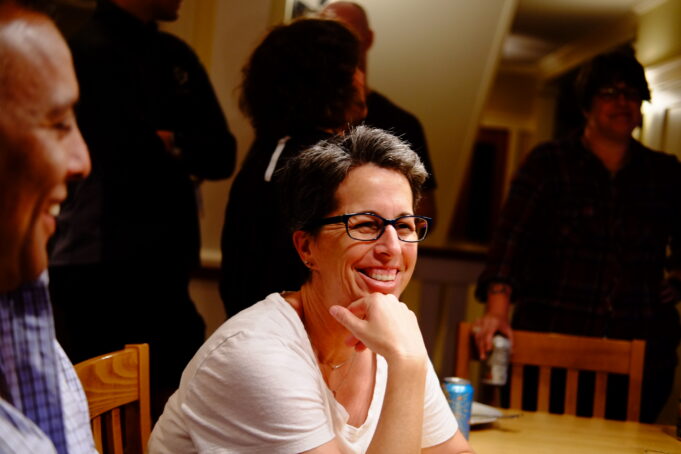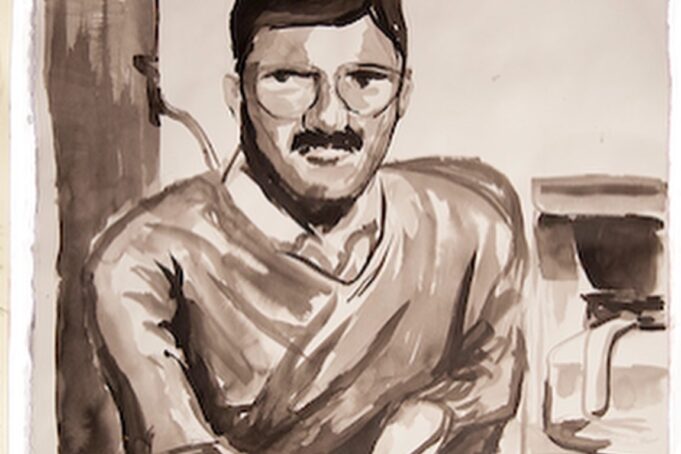Last week in California a 51 year old man died of COVID the day after expressing regret for attending a barbeque with friends. One person went who wasn’t showing symptoms and infected ten others. A similar story played out in Texas this week with a 30 year old.
Despite stories like this, many many Americans are still engaging in social gatherings or refusing to wear masks.
We have recently seen the power of the viral videos in changing public opinion and raising awareness about about the experience of being Black in America. These videos haven’t haven’t solved racism but they have changed the conversation around it.
Lately I’ve been wondering how videos showing the very real suffering and death caused by the coronavirus might change our national conversation and motivate action.
Why video? Don’t we have evidence and data we can share? In the internet era many Americans have lost trust in news organizations to establish shared sets of facts through the bias-mitigating practices of journalism. And though we know video can be edited in ways that change it’s meaning, we still respond to live action footage more immediately and with our full minds and bodies.
Let me be clear: we still need empirical, objective data. We need a nationally led testing regime. We need to be led by epidemiologists and other experts who have studied past instances of these seemingly unprecedented events. We need that data to guide leadership and action.
However, these past six months have shown that data, science and arguments appealing to the intellect can not and will not motivate sufficient public action to stop the spread. We need to tell a story that resonates deep down in the body.
When I worked as a hospital chaplain, I was with people dying regularly; both people at end of life, and sudden, surprising deaths in the emergency room. Seatbelt safety was an abstract value that I was intellectually committed to. And then one night, I sat in a tiny room with a mother while she learned that her baby was dead after a car accident. Her soul-wrenching groans moved my commitment to making sure I got my baby’s car seat installed correctly, out of my head and into my body. Witnessing that motivated me to act.
Social distancing has meant that many of us are more cut off than ever from our broader communities. The pandemic has meant that even family members often don’t see their loved ones struggling for breath in their last moments. This burden falls to healthcare workers who have unequivocally been warning us of the danger of this new disease.
I’m afraid their testimony is not enough.
We need to see it for ourselves.
And hopefully, seeing will be believing.






